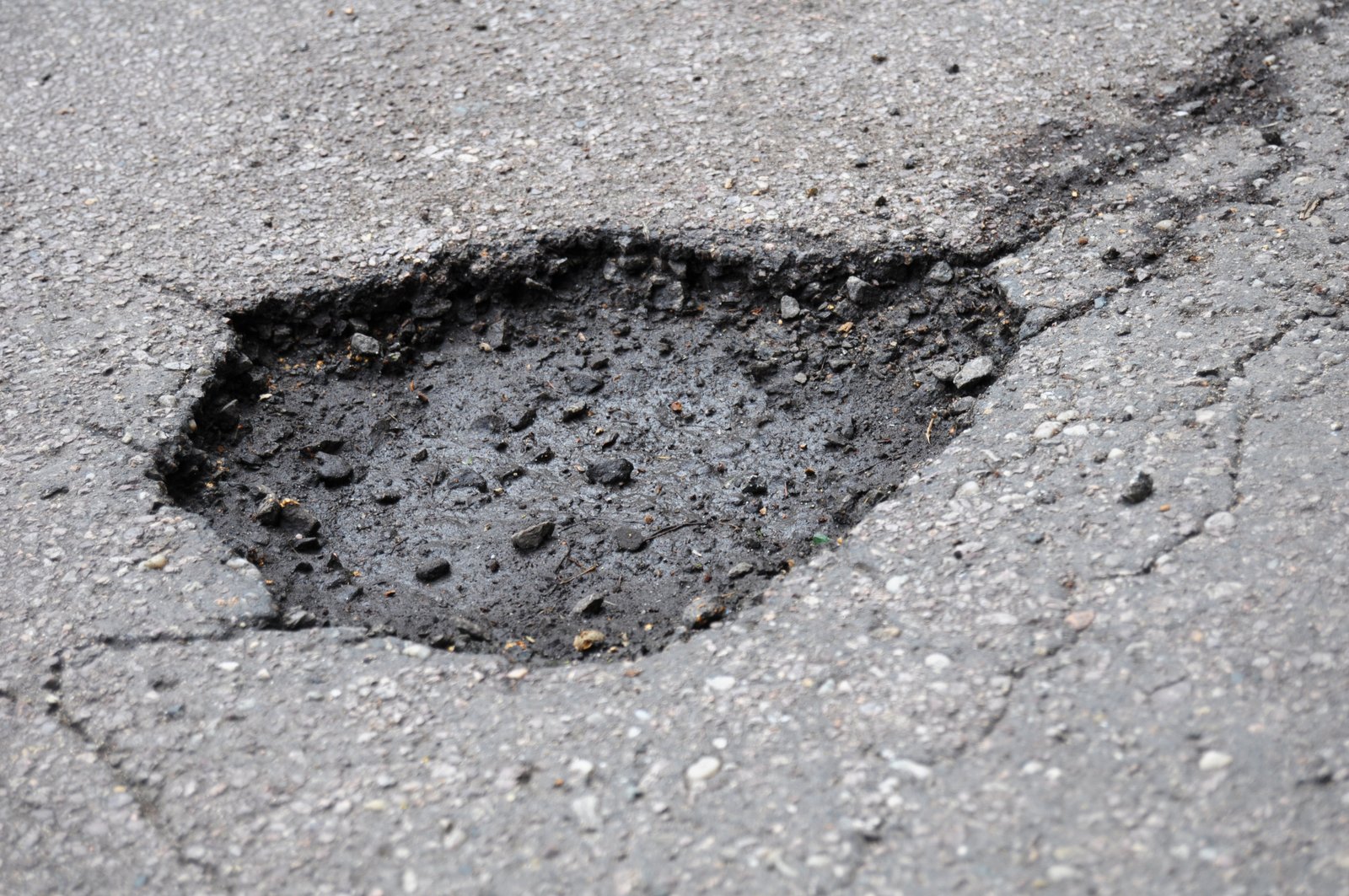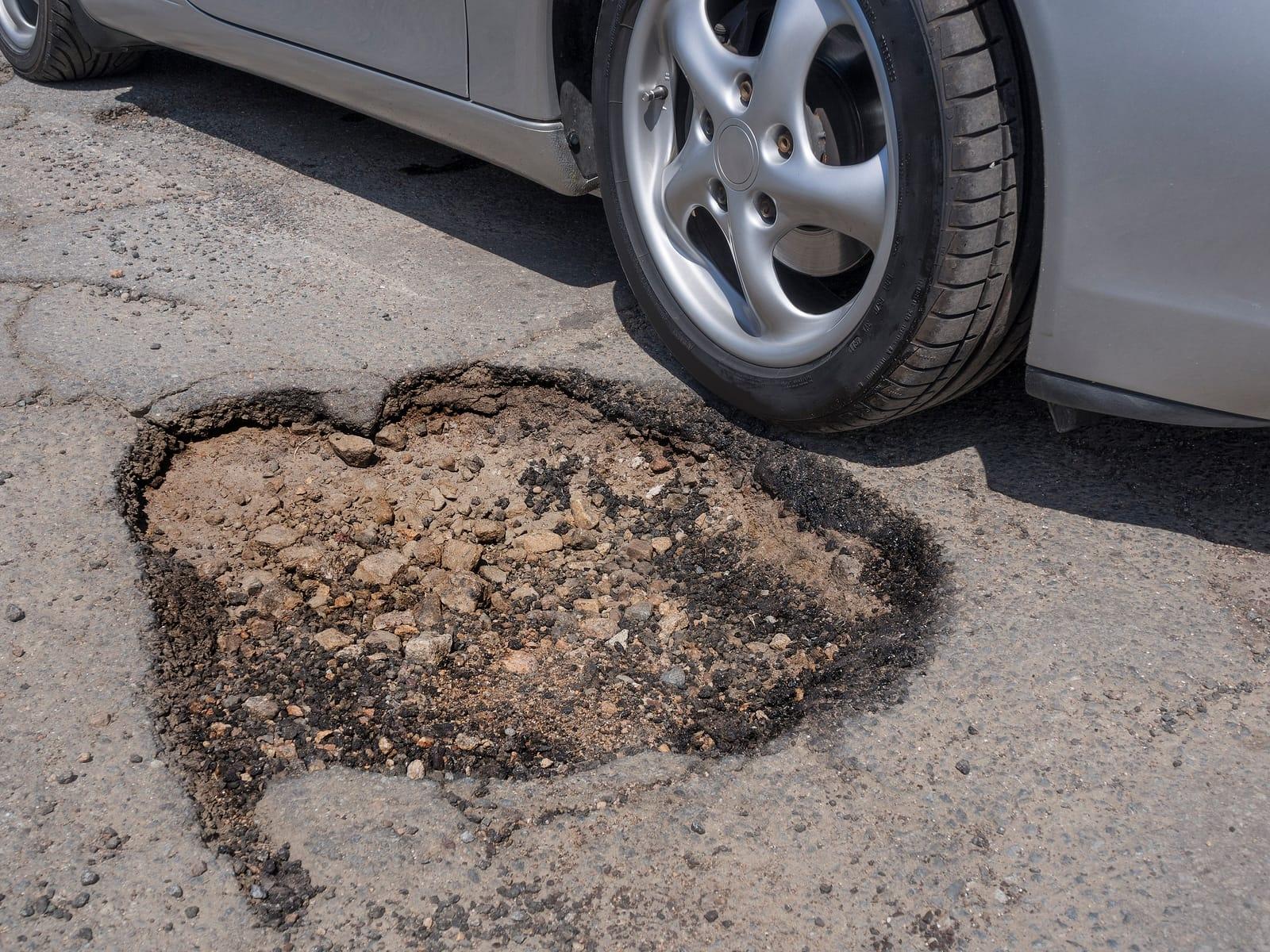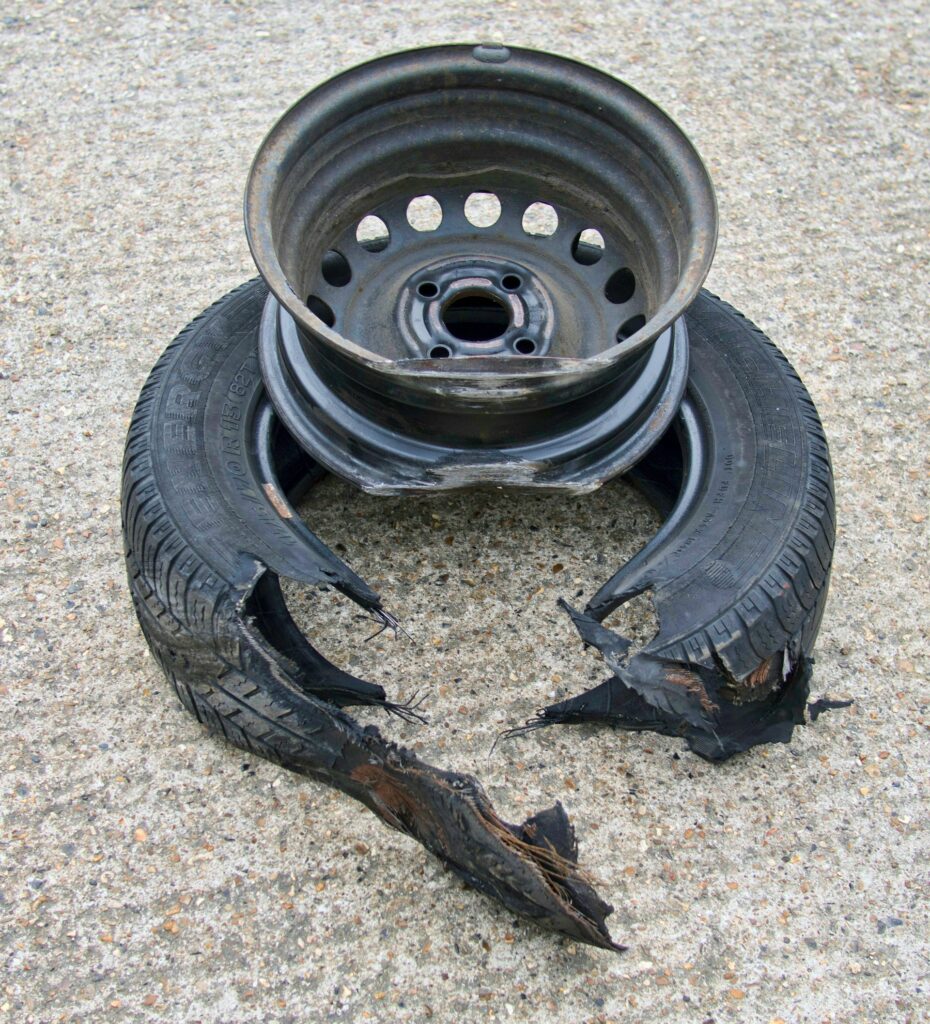We are your one-stop shop for all your auto repair needs. Our experienced technicians are here to provide top-notch service and get you back on the road in no time. Contact us today to schedule an appointment.

Fredericksburg’s streets get hammered hard every winter and early spring. The pavement becomes cracked due to freeze-thaw cycles and heavy traffic. Potholes open fast. It’s your wheels, tires, and alignment that take the hardest hit.
This guide covers what to look for after hitting a pothole, the damage that typically occurs, and precautionary measures designed to protect your tires and steering.

The interchanges on Route 3, Route 17, and streets feeding the I‑95 ramps receive additional wear due to traffic volume. The process is accelerated by heavier truck or bus traffic.
One of the most common problems your car can experience after hitting a pothole is that it knocks your alignment out of whack. Your alignment is how your tires and wheels align with each other in relation to the vehicle. There are measurements, such as toe and camber, which help keep your car straight on the road and help your tires wear evenly.
How to Determine if Your Tires Are Out of Alignment?
Here’s how to check if your alignment is off after a hit. A solid hit can change the angles on a wheel or tire. That change is evident in the way the car tracks on the road and in your tire wear.
Watch for:
If you are experiencing any of these issues, please call America 1st Automotive today to have your alignment and tires looked at.

Bent Rim Symptoms That You Should Not Ignore
A bent rim or wheel is exactly what it sounds like. The edge of the wheel hits the road after hitting a pothole, which can result in sudden tire deflation and possible damage to the tire. Often, once a rim or wheel is bent, it cannot be fixed and must be replaced. The longer you drive with a bent rim or wheel, the worse the damage can get.
Look for:

Tread Wear After Hitting a pothole
Another common problem after hitting a pothole is uneven or abnormal tire wear patterns, such as:
If you experience any of the above problems after hitting a pothole, you can contact America 1st Automotive and schedule an appointment today. We will examine the damage and recommend the necessary repairs. Sometimes, you can hit a large pothole and everything is fine, but there is that one time you slam into one and things go terribly wrong. Let the experts at America 1st Automotive in Stafford help you determine if any damage was caused by the pothole.
Need an alignment check, rim inspection, or tire wear report in Fredericksburg? Schedule an appointment with America 1st Automotive today. Get a clear diagnosis and a plan that fits your budget.
We recommend quarterly as a smart baseline. However, it’s best to check sooner after any significant impact, especially if you’ve installed new tires, steering, or suspension parts.
Yes. A bulge means broken cords inside the tire itself, which cannot be repaired. A replacement protects you from a blowout. A blowout often leads to loss of control and a crash.
Wheel balance is something that we can check for you at America 1st Automotive in Stafford. Sometimes, wheel weights can become loose after a significant impact.
Yes, sometimes a significant impact can cause brake components to become loose or, in some cases, even fall off the vehicle. We can check that for you at America 1st Automotive.
In most cases, insurance does not cover damage caused by a pothole. Please contact your insurance carrier to confirm your coverage.
Note: VDOT posts links on its website for residents to report potholes online, allowing its road crews to schedule repairs as quickly as possible.
External Links
NHTSA (National Highway Traffic Safety Administration) – Guide to Tires – Being TireWise
Bridgestone – Tire Alignment: What You Need to Know
You are leaving the America 1st Automotive website. The following content is not ours.